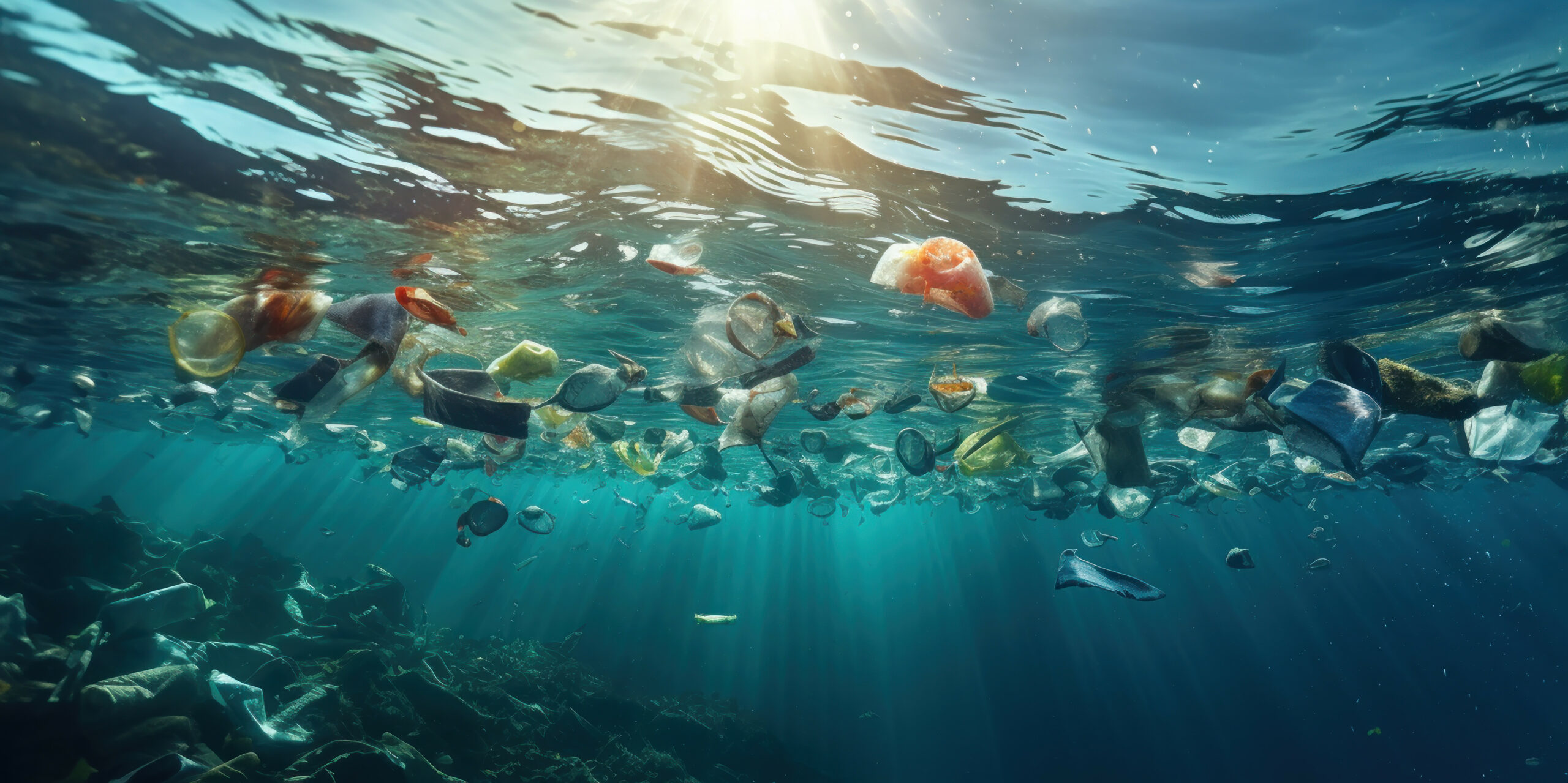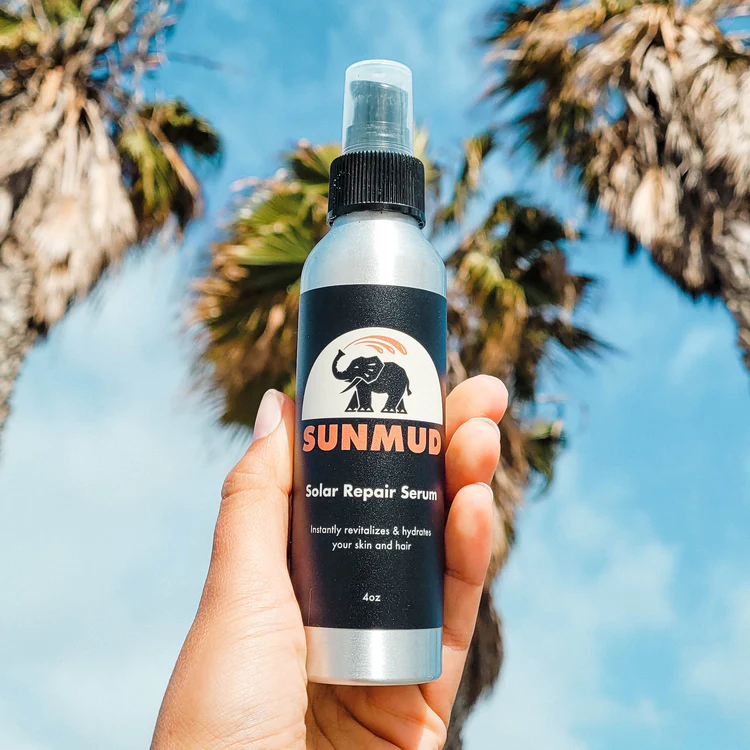By Dr. Jeffrey Seminoff, Leader of the Marine Turtle Ecology & Assessment Program at NOAA-Southwest Fisheries Science Center and Ocean Connectors Advisory Board Member
It was 1975 and I was 8 years old when I treasured Moe, Larry and Curley—my three baby painted turtles that I caught from a small pond near my home in central Illinois. I can still remember that feeling of excitement and anticipation as I waded into the murky water, neck deep, to capture them one by one. I lived relatively close to nature, with ponds, grasslands, and creepy crawlies in abundance….a far cry from strip mall sprawl that frequents our country today. It wasn’t the ocean, but it was wild and formative just the same, and my memories of looking for arrowheads and chasing reptiles remain vivid. Today, it seems too many kids grow up a world away from wilderness, both mentally and physically. They’ve traded their dip nets for Xbox controllers and they nosedive into iPhones instead of oceans. Yet deep down I am sure that we all still have at least a little bit of nature-lover and explorer in us; it is just a matter of tapping into it! That’s why environmental education, especially for the marine realm, is so important! The more we know about our world and the changes it is facing, the better we can be at lessening our impacts and becoming better global citizens and informed voters.

Nearly two thirds of Earth is Ocean, and scientists estimate that less than 10% has been explored. In that sense, our seas are a last frontier, a place where discovery can still happen, and where the mysterious still thrives. Indeed, given the opportunity, most would rather learn about a whale migration than a math problem. Both are important, but we can use whales, or dolphins, or turtles, or whatever charismatic creature we fancy as a platform to teach about other subjects. For example, studying sea turtle migration also provides an introduction into learning about mapping, geography, human culture, and more. In fact, there are numerous STEM disciplines that can be taught through the stories of our oceans and creatures within. Enter Ocean Connectors, an environmental education organization that engages with students and teachers in National City and Nayarit, Mexico.
 I’ve been involved with Ocean Connectors since its beginning 10 years ago, and it’s a wonderful organization to be a part of! Through experiential learning, Ocean Connectors provides a perfect example of how marine science education can translate into better student performance across subjects. Kids are touched by Ocean Connectors programs each year, from 4th to 7th grade, and learn about everything from animal migrations to habitat restoration. Right now, literally every child in 4th, 5th, and 6th grades in National City participate in Ocean Connectors programs, and a growing number of 7th graders too! The kids are learning by doing. They partake in classroom lessons as well as field trips to watch whales, to visit Living Coast Discovery Center, and to participate in habitat restoration along the bay shores of Imperial Beach. They engage with children in Mexico and share cross-border experiences. It is active learning in its truest sense, and by doing so Ocean Connectors’ kids are gaining a sense of stewardship and taking early interest in environmental issues that are uncommon in kids of their ages. As a wise man once said, “to see is to wonder, to hear is to forget, but to do is to understand. Clearly the kids in the Ocean Connectors programs are putting down their phones and starting to understand!
I’ve been involved with Ocean Connectors since its beginning 10 years ago, and it’s a wonderful organization to be a part of! Through experiential learning, Ocean Connectors provides a perfect example of how marine science education can translate into better student performance across subjects. Kids are touched by Ocean Connectors programs each year, from 4th to 7th grade, and learn about everything from animal migrations to habitat restoration. Right now, literally every child in 4th, 5th, and 6th grades in National City participate in Ocean Connectors programs, and a growing number of 7th graders too! The kids are learning by doing. They partake in classroom lessons as well as field trips to watch whales, to visit Living Coast Discovery Center, and to participate in habitat restoration along the bay shores of Imperial Beach. They engage with children in Mexico and share cross-border experiences. It is active learning in its truest sense, and by doing so Ocean Connectors’ kids are gaining a sense of stewardship and taking early interest in environmental issues that are uncommon in kids of their ages. As a wise man once said, “to see is to wonder, to hear is to forget, but to do is to understand. Clearly the kids in the Ocean Connectors programs are putting down their phones and starting to understand!




